Discovering Rojales, Costa Blanca (Spain).
Rojales is a pretty rural town beside the Segura River, not far from the Mediterranean coast, in the Vega Baja area (south Alicante Province). The Costa Blanca is more than sun, sea and sand…
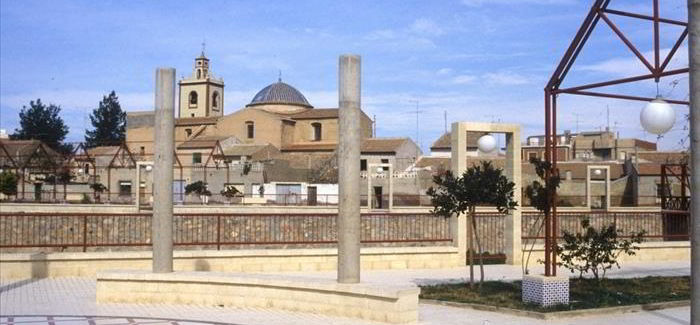
A magnificent XVIII century bridge spans the river, where it flows through the old quarters of this charming market town. Over the centuries, the Segura River has shaped the history of these fertile lands… archaeological remains date back six thousand years to the Neolithic Age. Iberians, Romans and Moors have all settled here over the centuries.
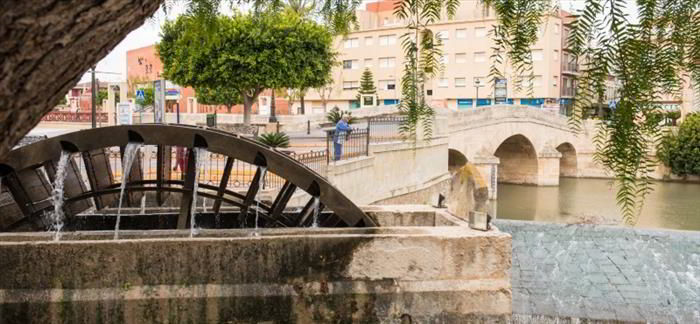
The unique Azud dam and the characteristic waterwheel, which work as a sluice in the Segura River, are part of the fascinating heritage in the centre of town. Constructed between the XVI and XVIII centuries, they still form part of an intricate system of channels, used to raise water levels to irrigate the surrounding farmlands.
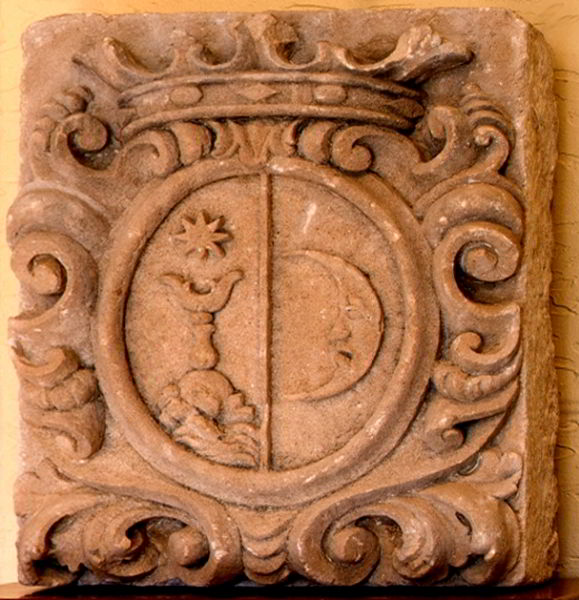 Tradition and modern-day life exist together in harmony… age-old cave houses, orchards and farmlands, contrasting with chic tourist complexes and residential urbanisations, such as Ciudad Quesada.
Tradition and modern-day life exist together in harmony… age-old cave houses, orchards and farmlands, contrasting with chic tourist complexes and residential urbanisations, such as Ciudad Quesada.
You can see items of historical and cultural value, and trace the local way of life through the ages, at the Archaeological Museum, ‘Museo de la Huerta’ (traditional farming museum), Easter Museum and the subterranean Eco Museum. This is just one of the fascinating history museums of Alicante Province.
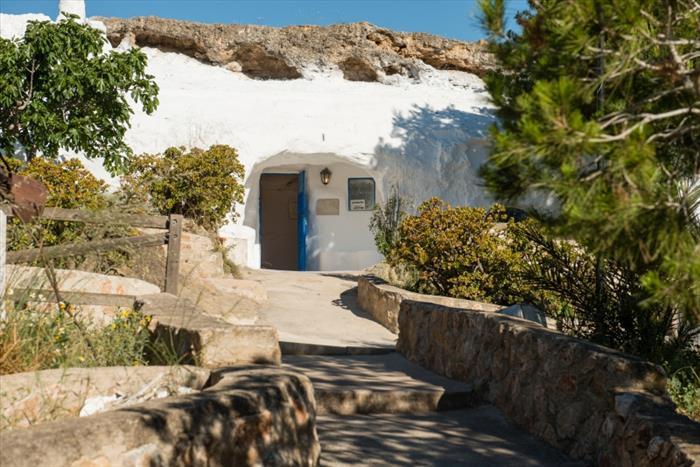 ‘Cuevas del Rodeo’ is a district of authentic cave houses which were carved out of the mountainside by miners in the 19th century. Many of the dwellings have been beautifully renovated and the area has become popular with artists and craftsmen, who organise art exhibitions and cultural events throughout the year. Don’t miss the art and craft fair which is held here on the first Sunday of every month.
‘Cuevas del Rodeo’ is a district of authentic cave houses which were carved out of the mountainside by miners in the 19th century. Many of the dwellings have been beautifully renovated and the area has become popular with artists and craftsmen, who organise art exhibitions and cultural events throughout the year. Don’t miss the art and craft fair which is held here on the first Sunday of every month.
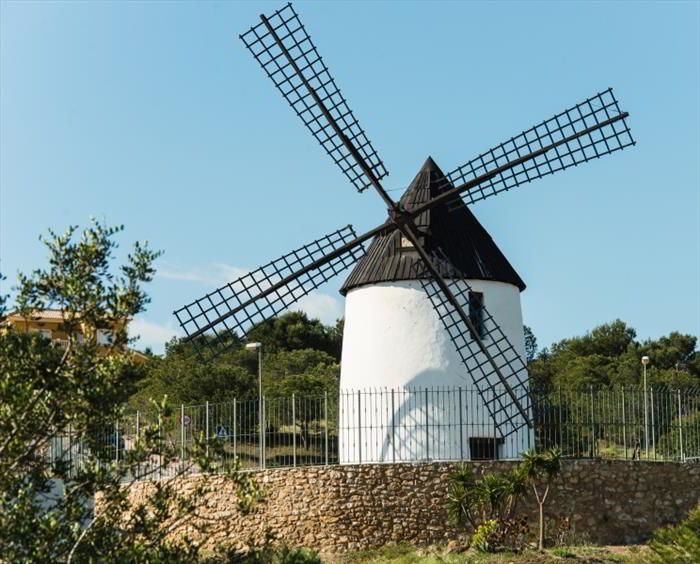 The windmill is another landmark – set on a hillside, the ‘Molino de Viento’ has been reformed to its former glory, so visitors can see the workings of the ancient mill, and glimpse times past when flour supplies were so important to the local community.
The windmill is another landmark – set on a hillside, the ‘Molino de Viento’ has been reformed to its former glory, so visitors can see the workings of the ancient mill, and glimpse times past when flour supplies were so important to the local community.
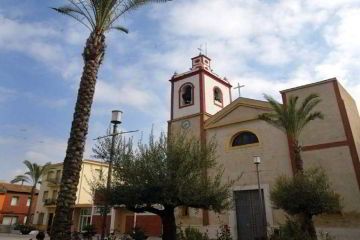
Like many places in Spain, Rojales loves to celebrate Easter in the traditional Catholic way, with emotive street processions, a custom which has been passed down through the generations and which everyone is invited to see.
The ‘San Pedro Apóstol’ church is a remarkable temple originating from 1780, which was partly destroyed by an earthquake in 1829, and later rebuilt.
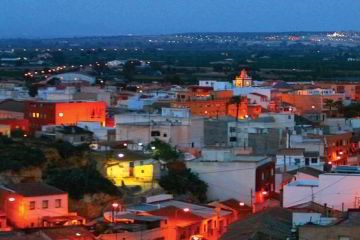 With such fresh market garden produce – especially citrus fruits, artichokes, peppers and other vegetables – it’s no wonder Rojales is a great place for eating out. This is healthy Mediterranean cuisine – typical meatball stew, rice dishes with vegetables or rabbit and snails, a variety of Spanish omelette with courgette, artichoke or field beans… Sweet pastries are a speciality, made to ancient recipes with almonds and even pumpkin.
With such fresh market garden produce – especially citrus fruits, artichokes, peppers and other vegetables – it’s no wonder Rojales is a great place for eating out. This is healthy Mediterranean cuisine – typical meatball stew, rice dishes with vegetables or rabbit and snails, a variety of Spanish omelette with courgette, artichoke or field beans… Sweet pastries are a speciality, made to ancient recipes with almonds and even pumpkin.
Rojales is just a short drive from the coast, from the fabulous sandy beaches at Guardamar, La Marina, Santa Pola and Torrevieja.
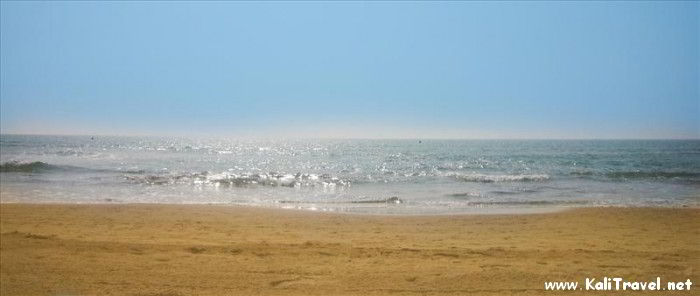
The warm climate, varied cultural events, beautiful riverside walks, a scenic location close to the coast, conveniently connected by road to access other parts of the Costa Blanca and Spain in general, as well as Alicante or Murcia airports. Rojales is certainly a popular place to live, but it’s also interesting to visit for the day or as a holiday base for exploring the Costa Blanca – the beaches and mounain walks of Alicante Province.
Rojales has the second highest number of foreign residents in Spain – over 71% of people registered on the local census were born abroad, the majority of these British.
Unless otherwise stated photos in this feature are courtesy of Rojales Museums and Rojales Town Hall. Photo credits: Sebastien Pigneur Jans and Eduardo M. de Gea Cayuelas.
Related Posts about the Costa Blanca:
Alicante Province – North to South
- Costa Blanca Beaches and Coastal Resorts with info on outdoor activities, watersports, local history, cuisine, fiestas, getting here…
- Denia
- Ondara
- Moraira
- Benissa
- Calpe
- Jalón Valley
- Altea
- Alfaz de Pi & El Albir
- Guadalest Valley – Guadalest village and reservoir walk
- Guadalest Valley – Benimantell, Beniarda, Benifato, Abdet, Confrides
- Benidorm
- Finestrat
- Finestrat – Mountains Walks – Puig Campana
- Villajoyosa
- El Campello
- San Juan beach
- Alicante
- Tabarca Island
- Torrevieja
- Rojales
- Pilar de La Horadada
Discover the World with ![]() the blog with a focus on independent travel.
the blog with a focus on independent travel.



